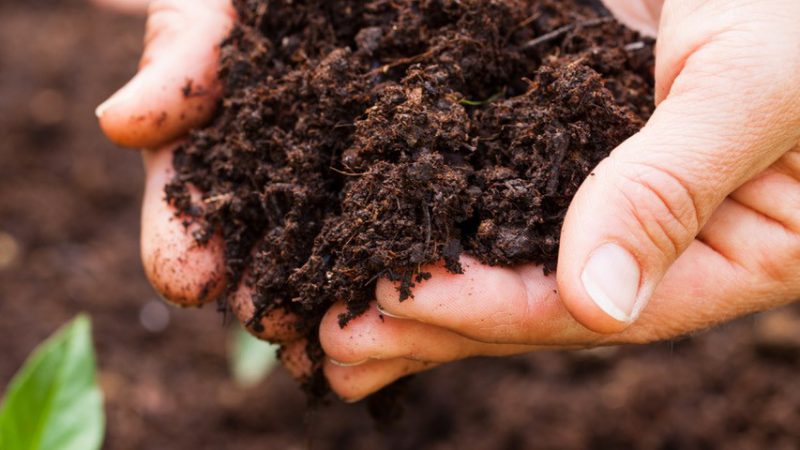Officinal and aromatic plants in the history of nations

In the past, the term “drug” meant anything that was able to heal. It could be vegetable, animal, mineral substances or incantations, spells, amulets, etc. The essential thing was to escape death. This led to the birth of numerous imaginative practices that only today can be said to have been almost completely abandoned. Speaking of plants, the theory of “signatures” is well-known, which tied the plant’s medicinal effectiveness to its outward shape. Because it has lobed leaves with lower face a wine red, Hepatica nobilis was thought to be useful in treating the liver, and so on. Of course, under the congeries of multiform beliefs and information, “reason” gradually succeeded in understanding what could objectively be of use to the patient.






